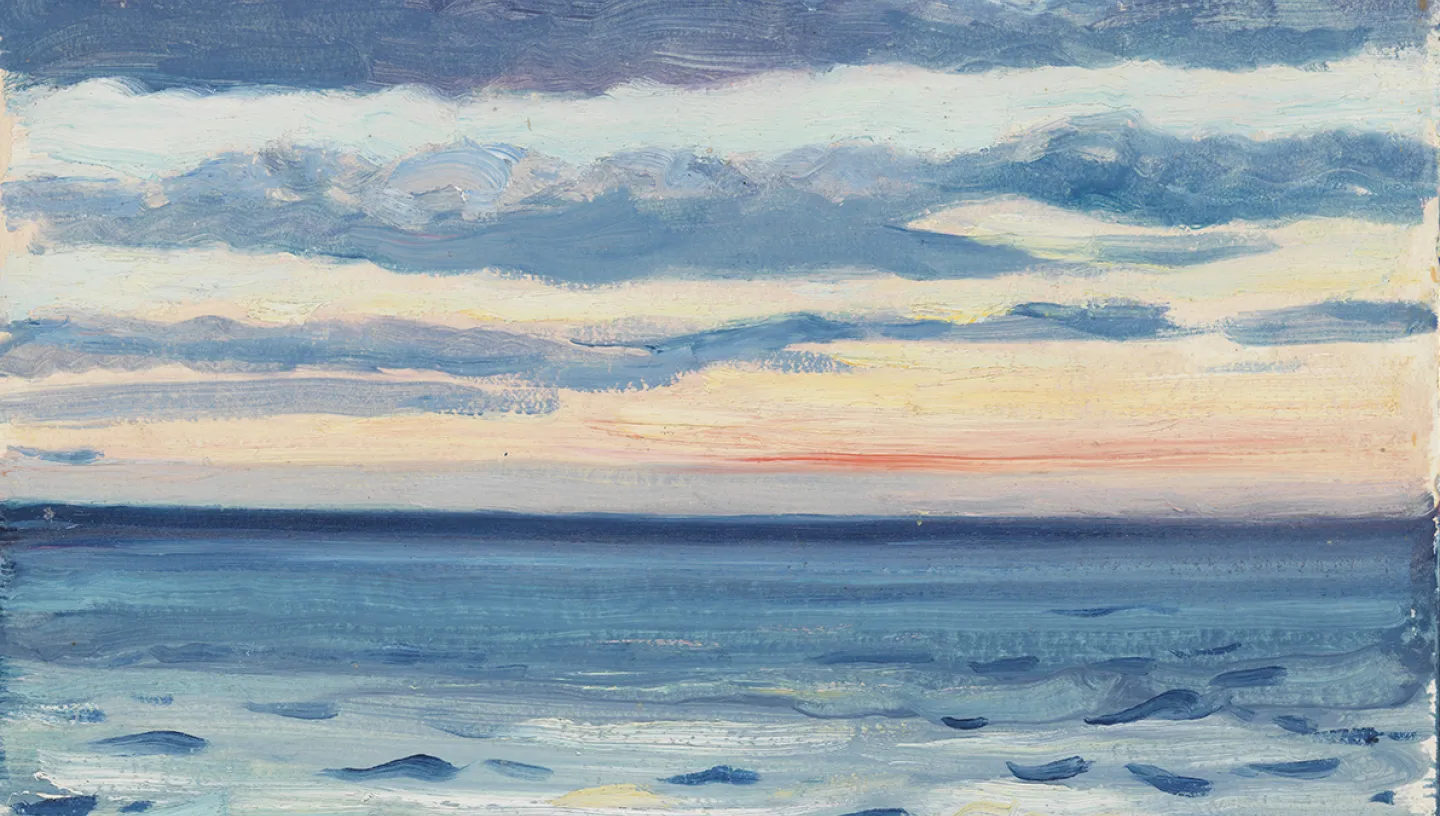
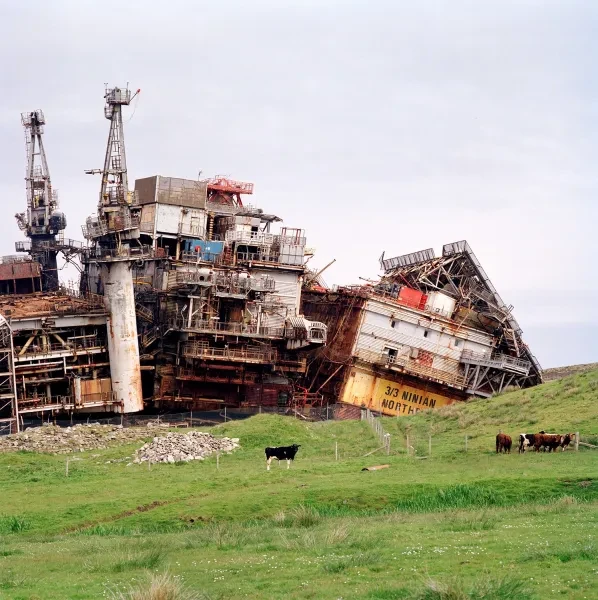
What happens to offshore platforms when they are decommissioned? Follow their final journeys from the North Sea to the breaker's yard
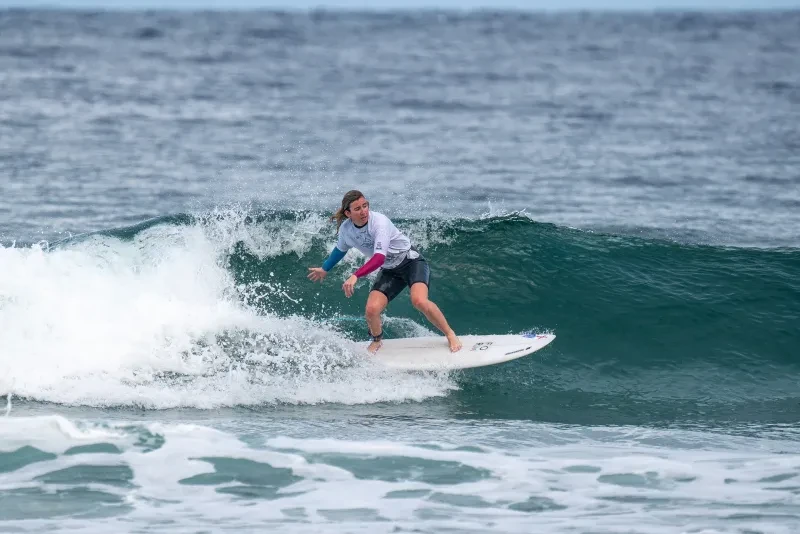
Meet Melissa Reid, Paralympic medallist, triple surfing world champion and ocean advocate
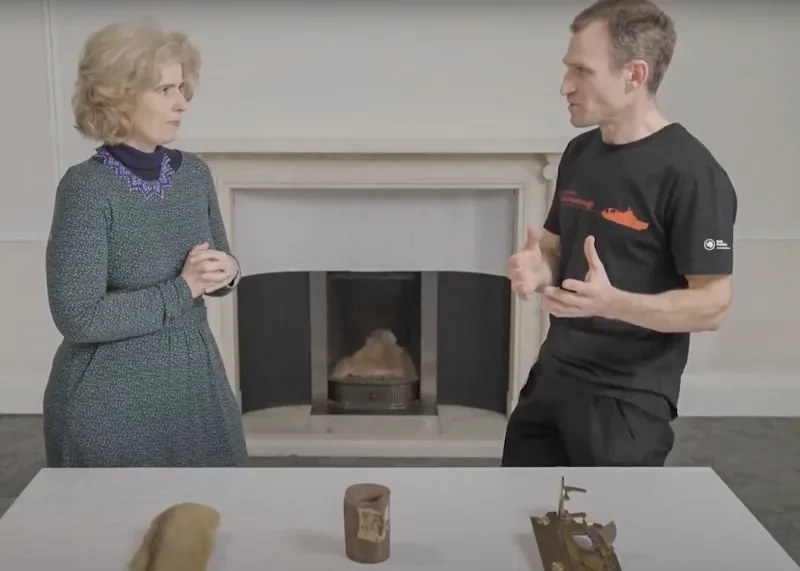
Curator Claire Warrior and polar explorer Iain Rudkin examine a rations tin used during a polar expedition in the 19th century. How have supplies and equipment changed?
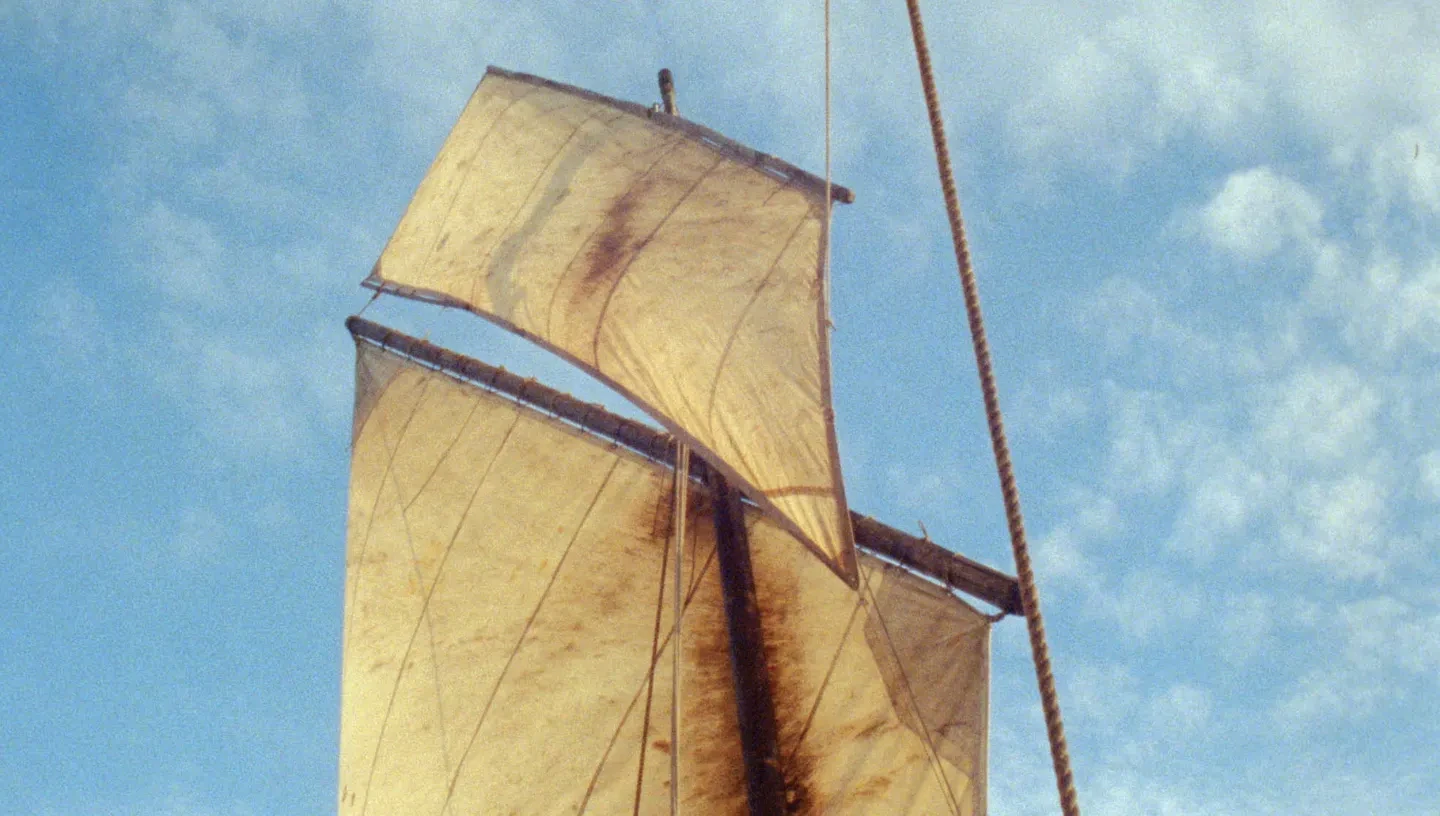
Sailing without engines
How does it feel to travel solely using the wind and the waves? Wind, Tide & Oar, a new film by Huw Wahl, explores the essence of engineless sailing
Science and conservation
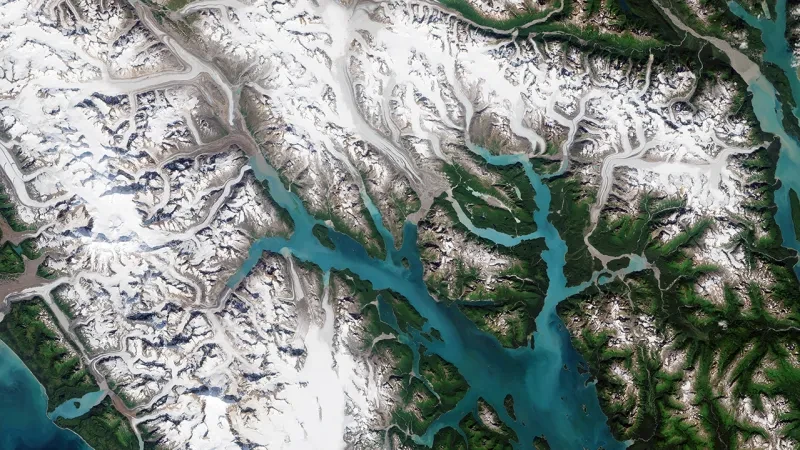
Why satellites are critical to fighting climate change
The polar ice sheets are melting six times faster than the 1990s. But thanks to earth observation satellites, we can at least measure the effect that climate change is having
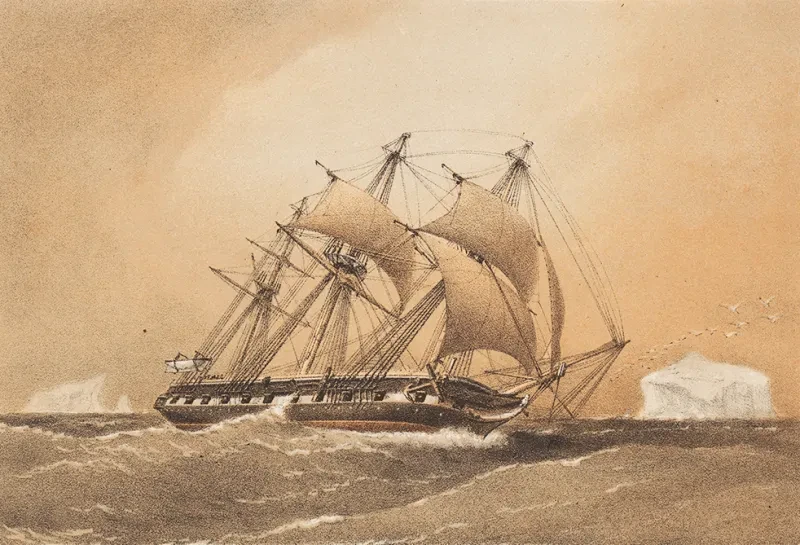
HMS Challenger: a trailblazer for modern ocean science
150 years ago, HMS Challenger departed England on a quest to explore the world’s oceans. Its impact is still felt today
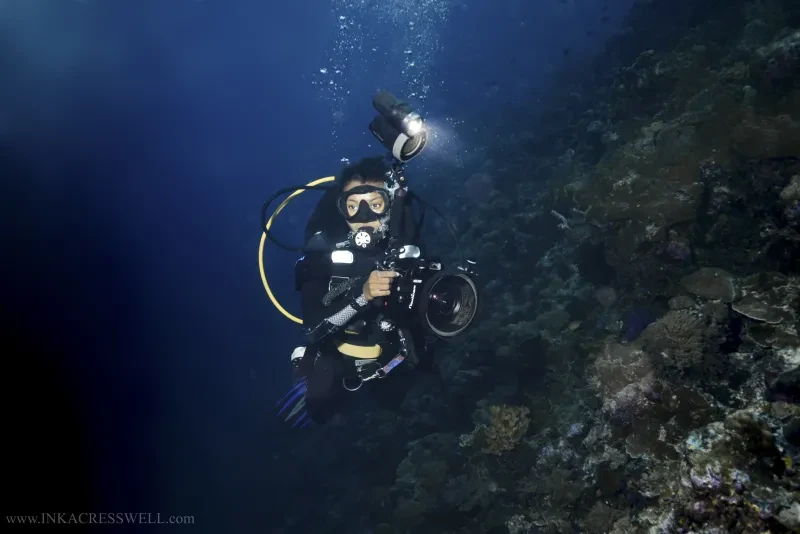
‘Our actions will define the future of our oceans’
How wildlife filmmaker Inka Cresswell is inspiring the next generation to save our seas

Who owns the ocean?
Are the oceans really free for all? Find out what could be done to protect marine environments – and who has the power to make it happen
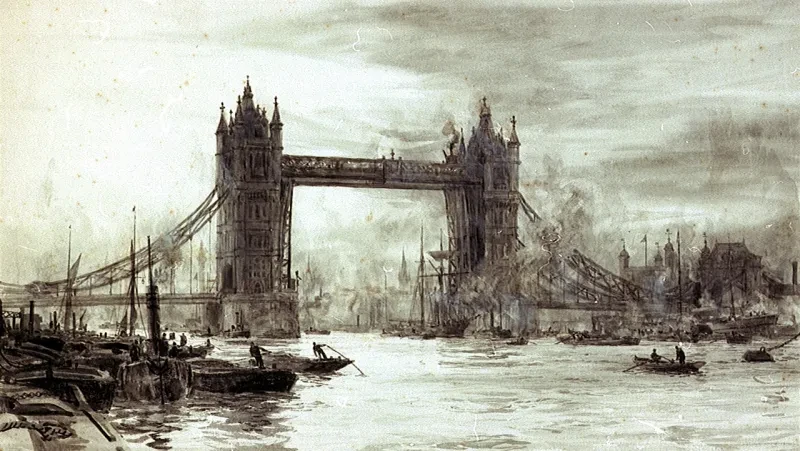
Pollution in the River Thames: a history
Lifeline, water source, sewer – follow the murky history of London's relationship with the River Thames
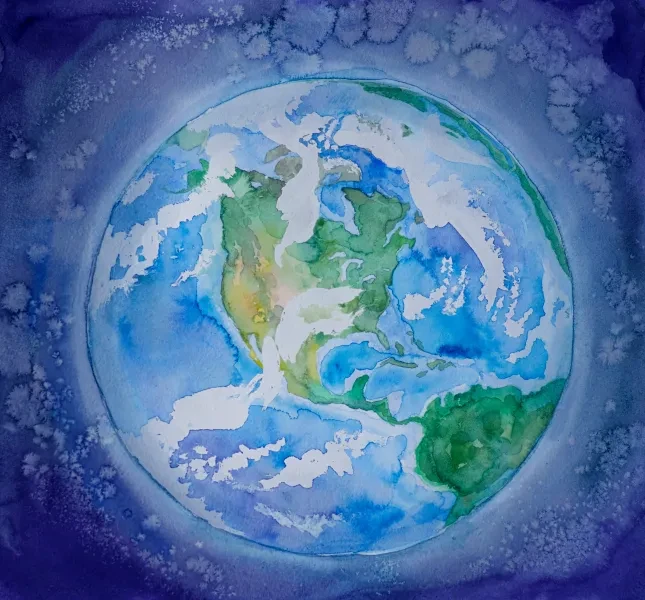
Protecting our ocean – one per cent at a time
Learn how marine protected areas could help marine life recover – and even combat climate change
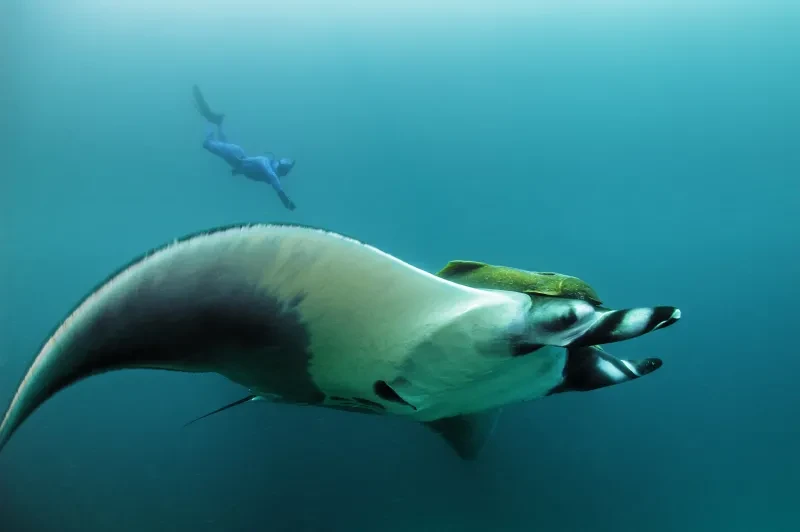
Why conservation photography matters
Human activity has caused significant damage to the world’s ocean and marine life. Photographer Octavio Aburto documents the vital changes local communities in Mexico have made to conserve ocean resources
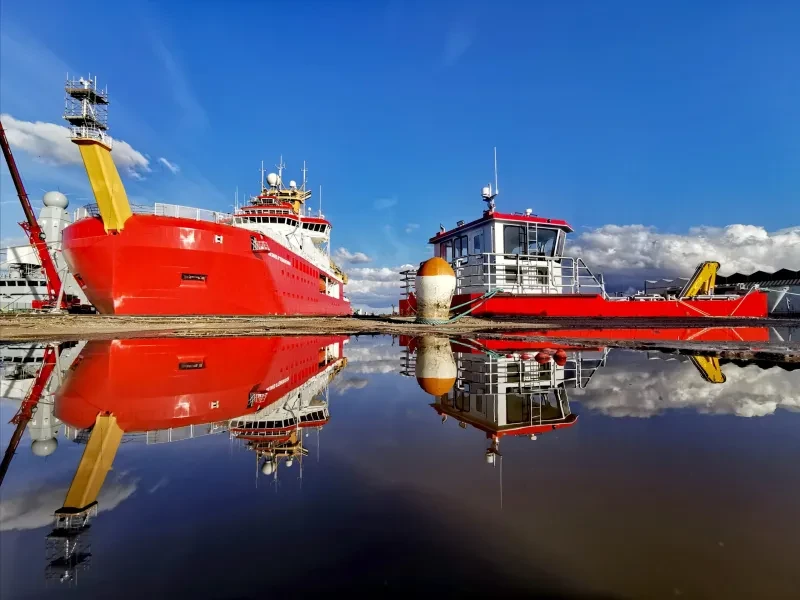
Polar science and RRS Sir David Attenborough
Find out more about the facilities, equipment and advances that make RRS Sir David Attenborough a pioneering research vessel
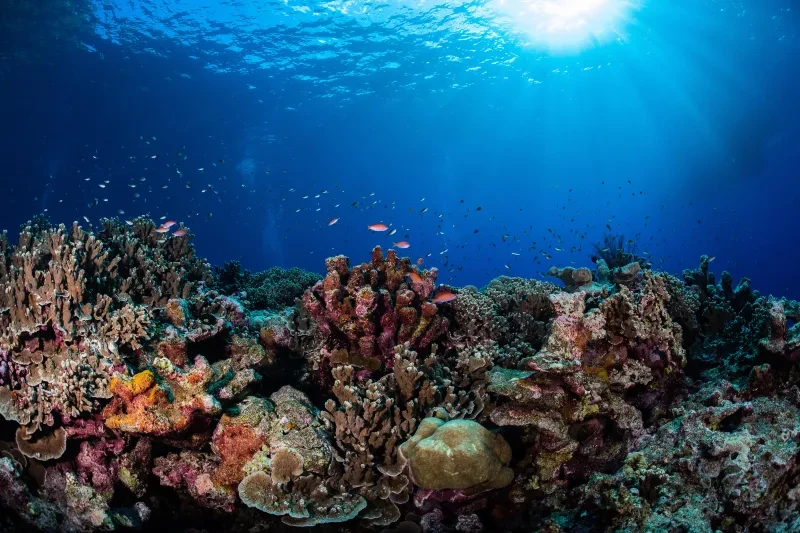
What is coral?
Are corals really animals? What causes coral bleaching? And why are coral reefs so important? Your ocean questions answered
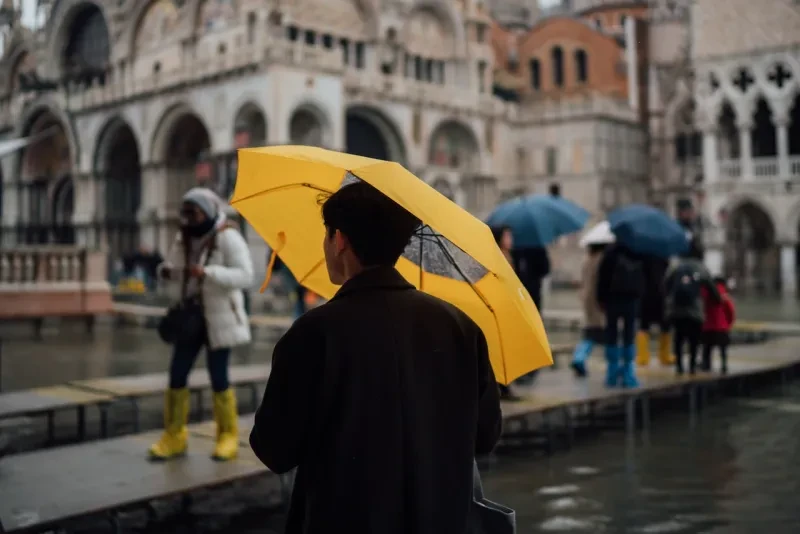
Is Venice flooding getting worse?
Venice has always been at risk of flooding. But with climate change causing more damaging storms more often, is the future of this historic city under threat?
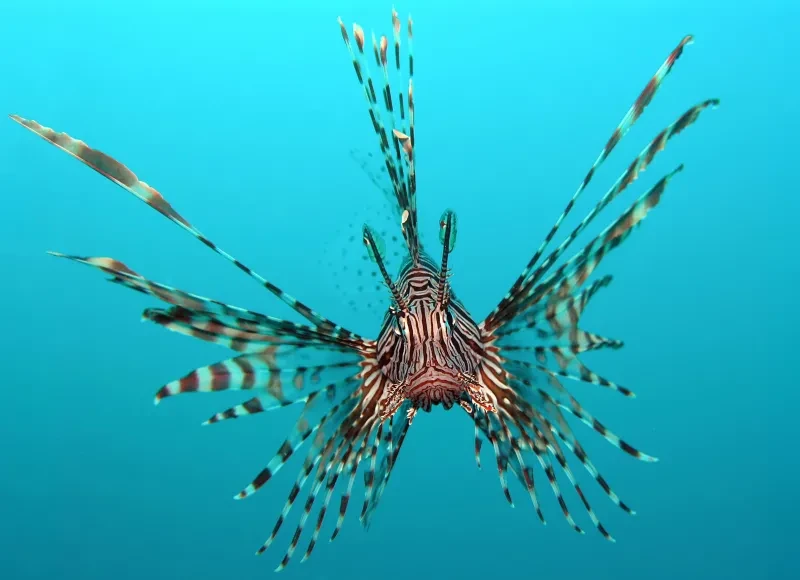
What are invasive species in the ocean?
Invasive species are everywhere in our ocean – but what does it mean when we say a species has 'invaded', and how do they spread in the first place?
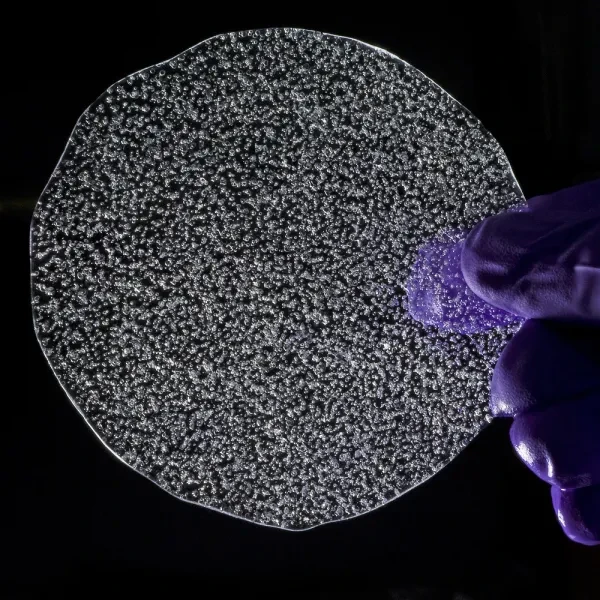
Ice cores and climate change
By extracting ice cores from Antarctica, scientists are able to travel more than 800,000 years back into Earth’s climate history
Shipping and industry
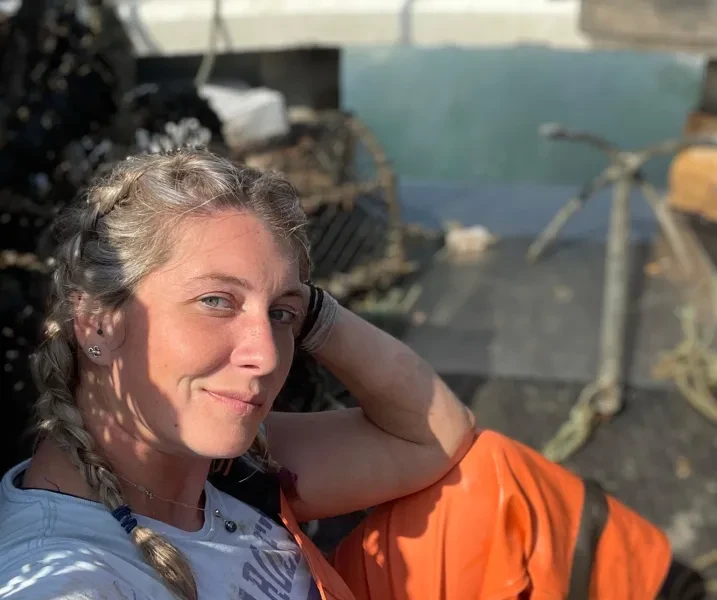
‘We need to normalise seeing women in this industry’
Ashley Mullenger lifts the lid on the life of a female fisherman

The end of an oil rig's life
What happens to offshore platforms when they are decommissioned? Follow their final journeys from the North Sea to the breaker's yard
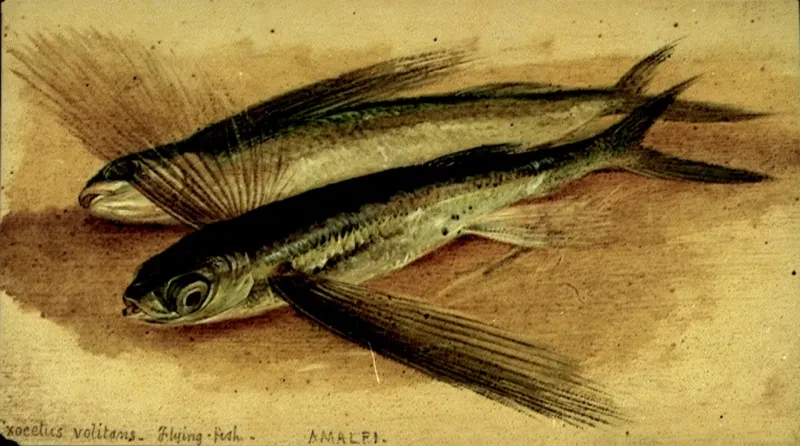
Protecting human rights in the fishing industry
Exploitation, slavery and even murder have been documented on board modern fishing fleets
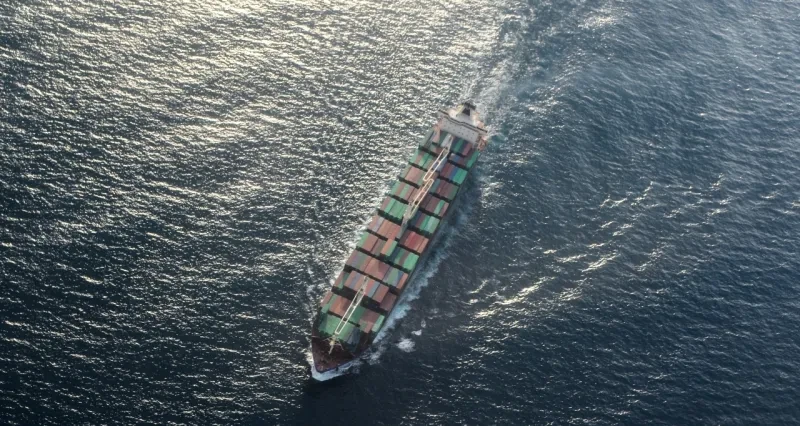
How can shipping be more environmentally friendly?
From Cutty Sark to cutting edge technology, could a new era of wind power help global trade go green?
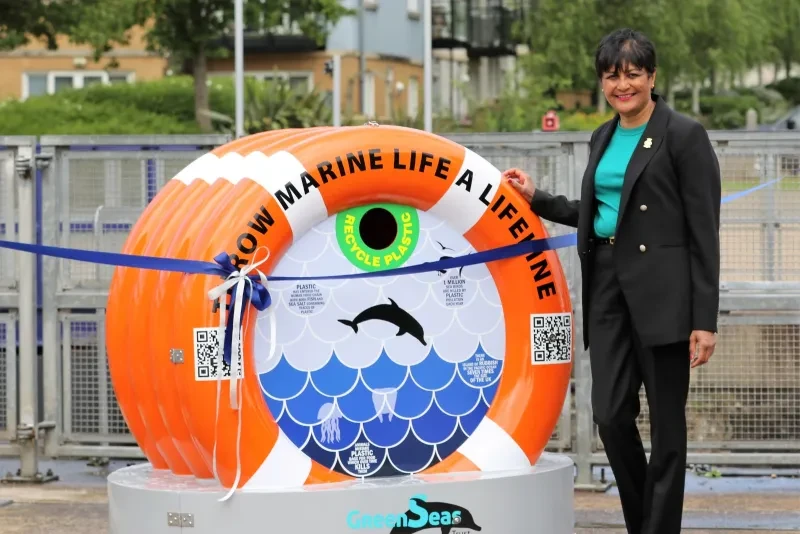
‘I’ve seen the effects of plastic pollution first hand’
Seafarer and environmentalist Fazilette Khan works to tackle marine plastic in coastal and riverside areas
Want more stories like this?
Sign up to our newsletter to get stories, news and events from the National Maritime Museum delivered straight to your inbox
Life at sea today
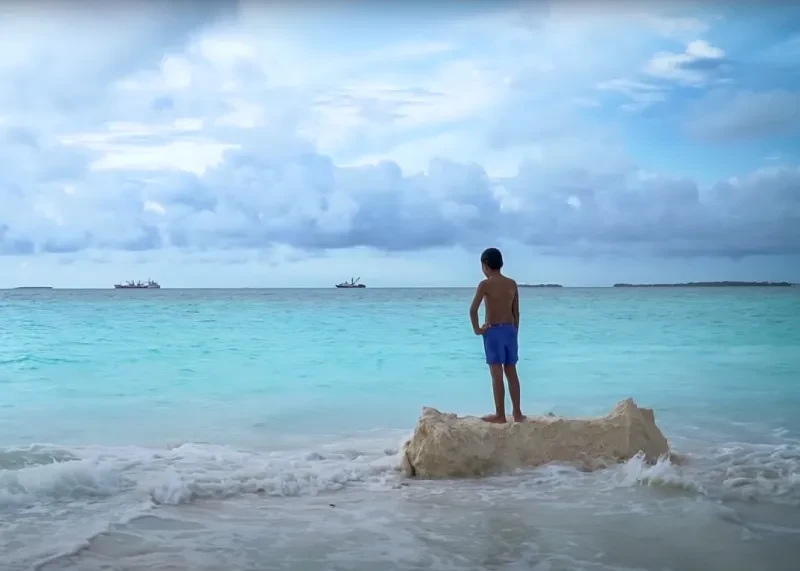
The peoples of the Pacific: on the 'front line' of climate change
What is the impact of global change change on Pacific communities? And what should the global response be when a person’s homeland is literally ‘going under’?
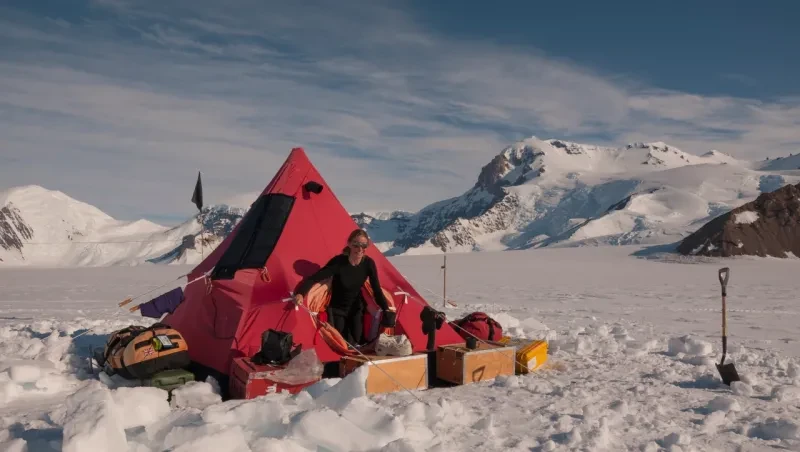
What's it like to camp in Antarctica?
Find out what it's like to live and work in the Antarctic with British Antarctic Survey scientist Joanne Johnson

‘The ocean is where I feel equal to everybody else’
Meet Melissa Reid, Paralympic medallist, triple surfing world champion and ocean advocate
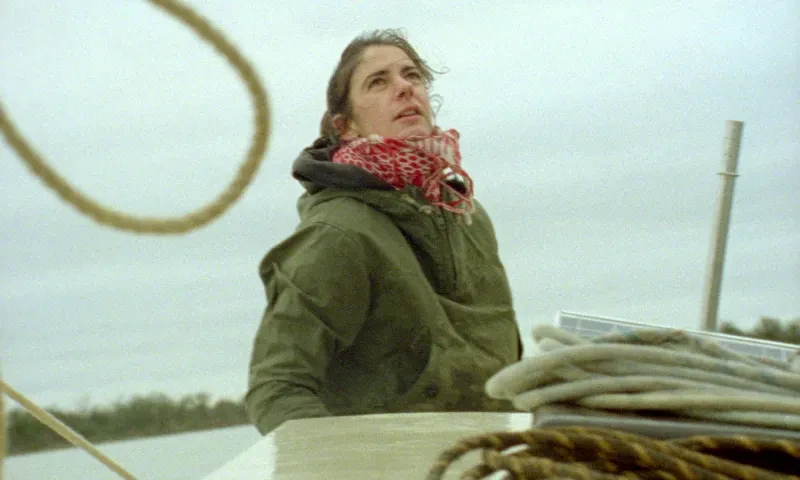
Sailing without engines: a return to wind and wave power
How does it feel to sail solely using the wind and the waves? Wind, Tide & Oar, a new film by Huw Wahl, explores the essence of engineless sailing
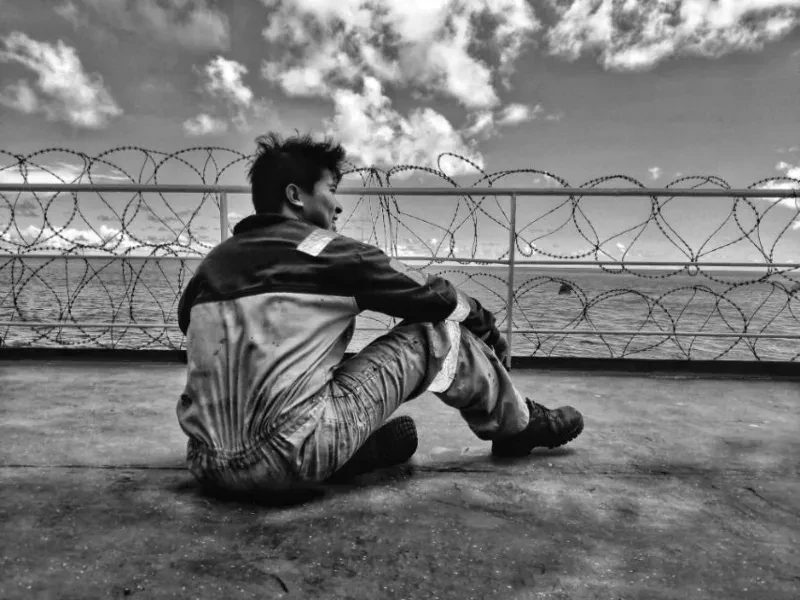
In photos: life at sea during COVID-19
A photography competition documents the experiences of seafarers who have been stuck at sea due to the coronavirus pandemic
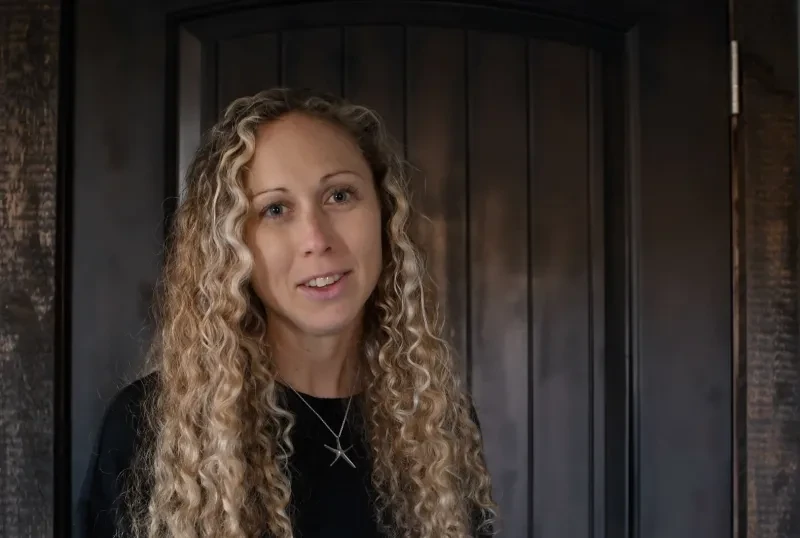
Life beneath the waves: in conversation with photographer Jennifer Adler
Conservation photographer Jennifer Adler reveals the photos, dives and projects that give her hope for the future of our ocean
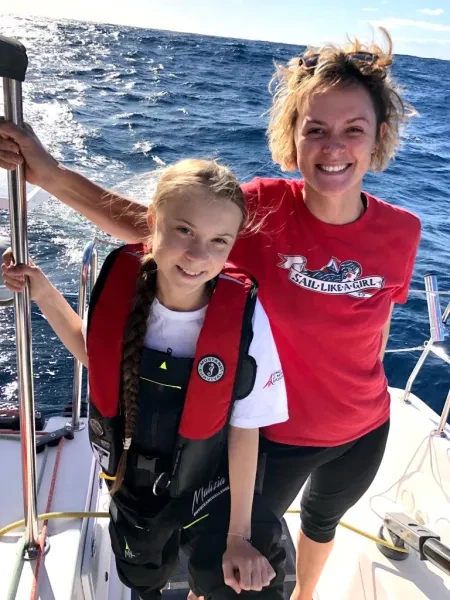
Freeze dried food and sailing with Greta Thunberg
Having skippered her first Trans-Atlantic race at just 20, Nikki Henderson is one of the UK's leading young sailors. Find out more about her remarkable career
Art of the ocean
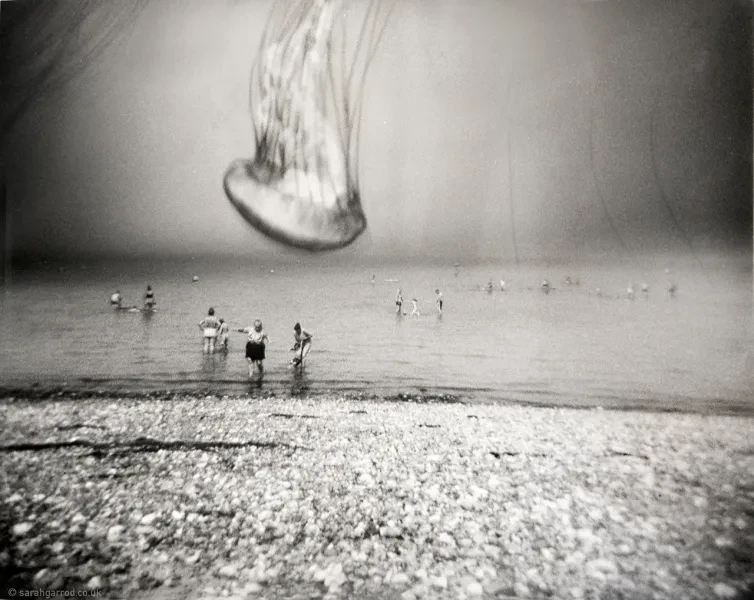
Thoughts on sea level rise
Artist Sarah Garrod considers her changing relationship with the sea, and the 'watery magic' of wet process photography
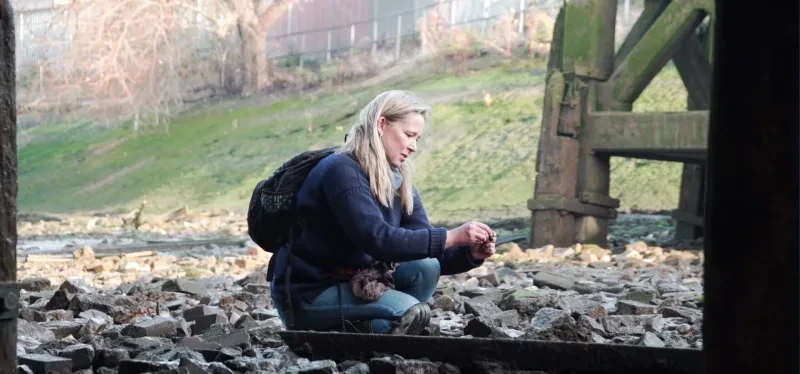
A Quietly Historic Shoreline In Transition
“Time and Tide” is filmmaker Paul Wyatt’s love letter to a once-industrial riverside path in Greenwich. This area played a significant role in bridging oceans and changing how we communicate forever. Paul talks to Assistant Curator Aimee Mook about his film.
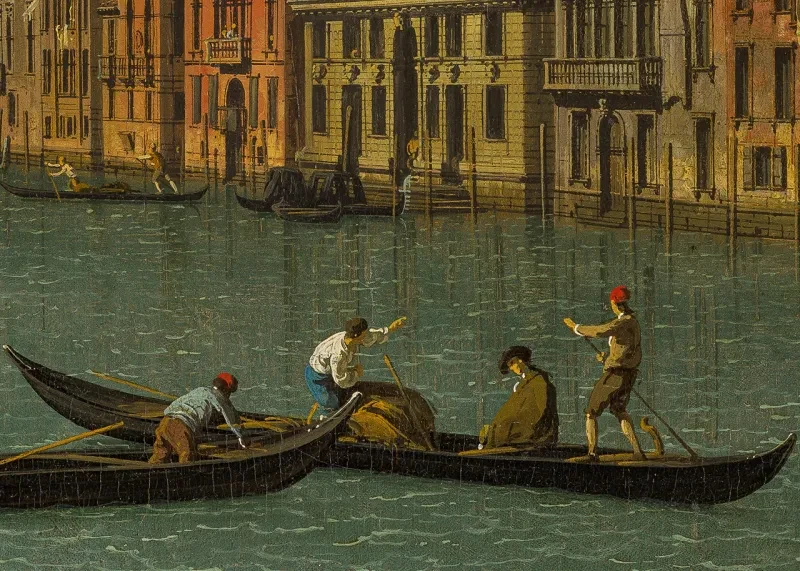
The climate change clues hidden in Canaletto’s paintings of Venice
Canaletto's paintings of Venice portray an apparently timeless city. But look a little closer, and all is not as it seems
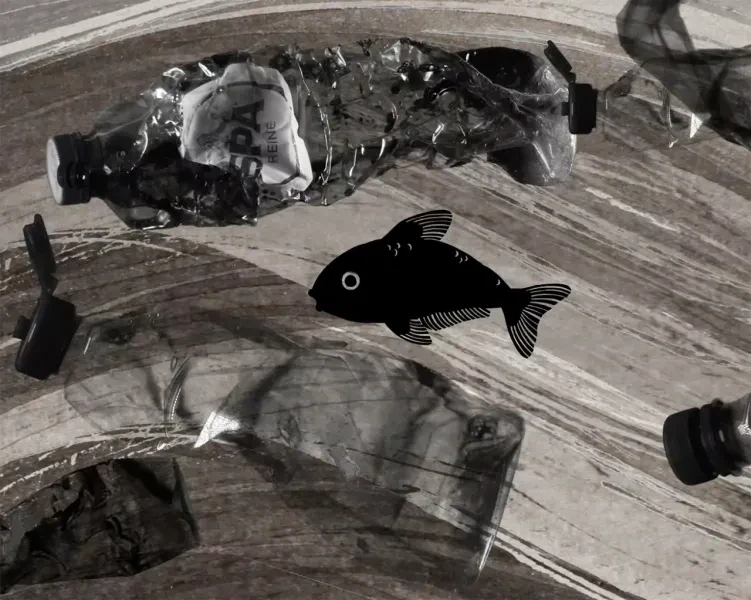
'Art helps us feel the urgency of the climate crisis'
Illustrator Amber Cooper-Davies explores how art can respond to climate change
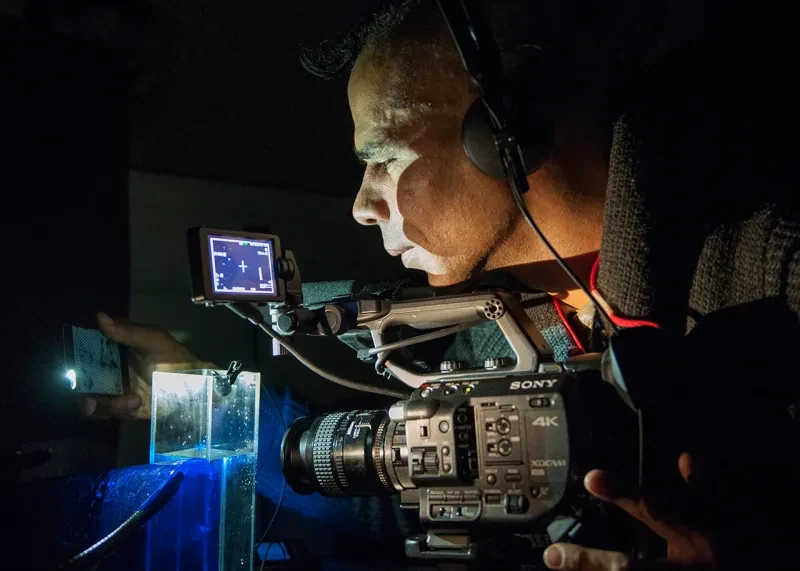
Wayne Binitie and the art of climate change
Artist Wayne Binitie explores how ice cores can help us reckon with our changing world
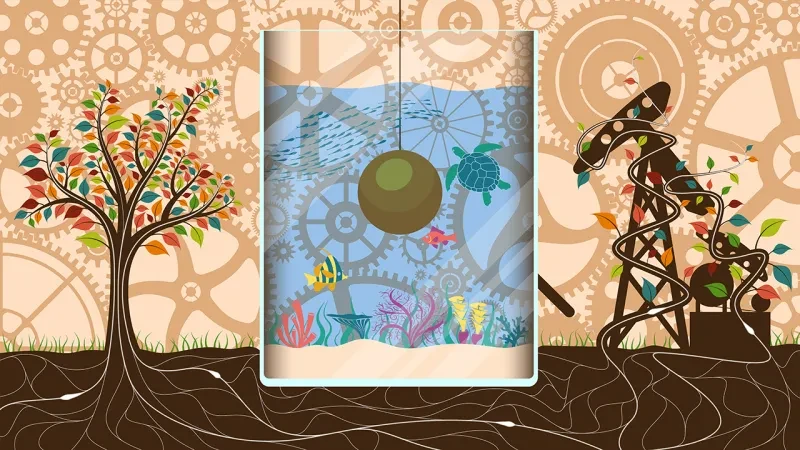
'Artists can work with scientists to confront climate change'
Artist Jamie Ardor highlights the power of visual communication in the face of the climate crisis
Find books about the ocean

Shop
£11.99
All of the Earth's ocean, from the equator to the poles, is a single engine powered by sunlight - a blue machine.
Earth is home to a huge story that is rarely told - that of our ocean...

Shop
£20.00
In 1997, sixty-two containers fell off the cargo ship Tokio Express after it was hit by a rogue wave off the coast of Cornwall...

Shop
£44.95
Endorsed by the United Nations Decade of Ocean Science for Sustainable Development.
Experience the force, mystery, and beauty of the ocean and seas through more than 300 images - featuring underwater photography, oceanographic maps and scientific illustrations, as well as paintings, sculptures and popular films.
Collections in focus
Visit
Explore the past, present and future of the ocean at Royal Museums Greenwich.
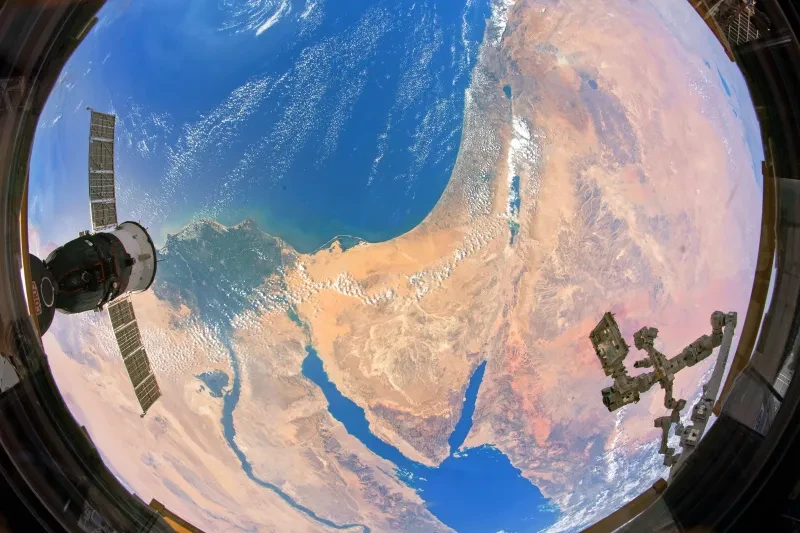
Earth From Space
See the world through a satellite’s lens, and explore our changing planet at Royal Observatory Greenwich
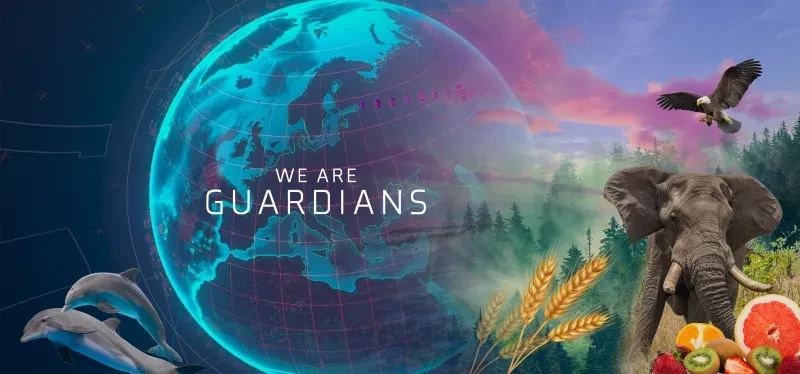
We Are Guardians
Join Earth's fleet of state-of-the-art satellites for an immersive exploration of their role in safeguarding our planet
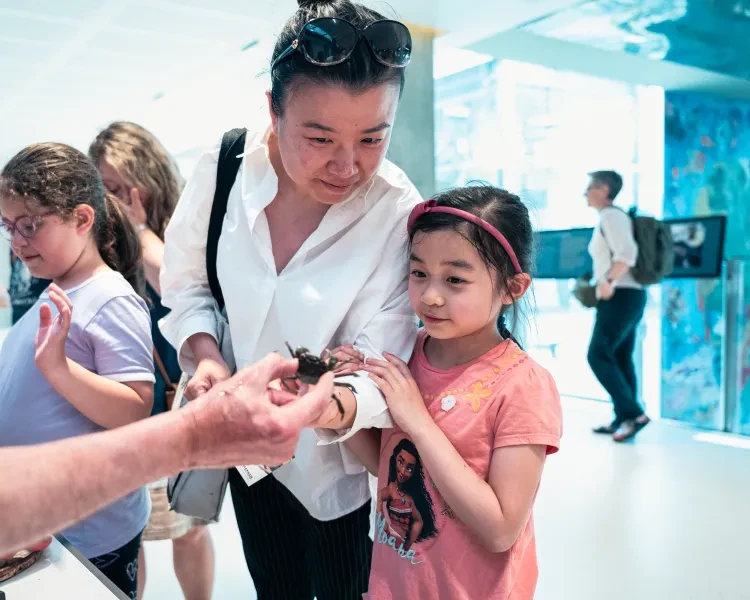
World Ocean Day
A family-friendly celebration of our ocean at the National Maritime Museum
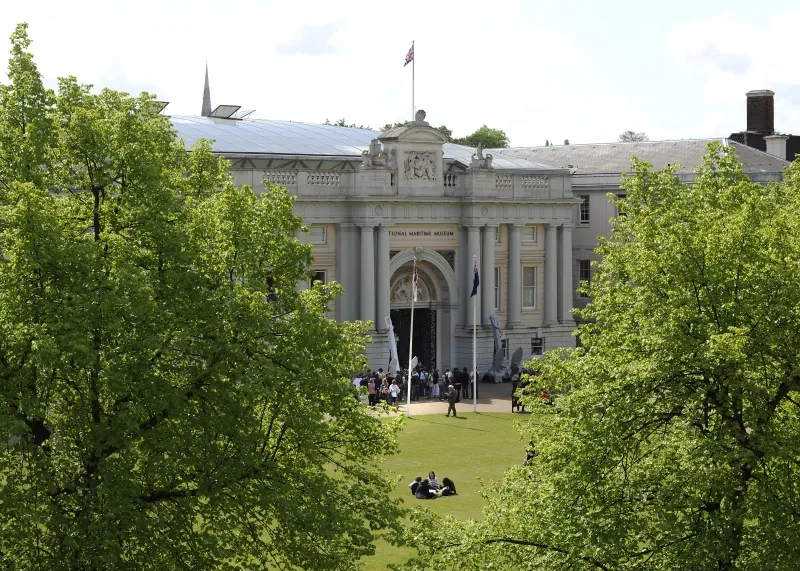
National Maritime Museum
Discover epic stories of exploration and endeavour that have shaped our world today
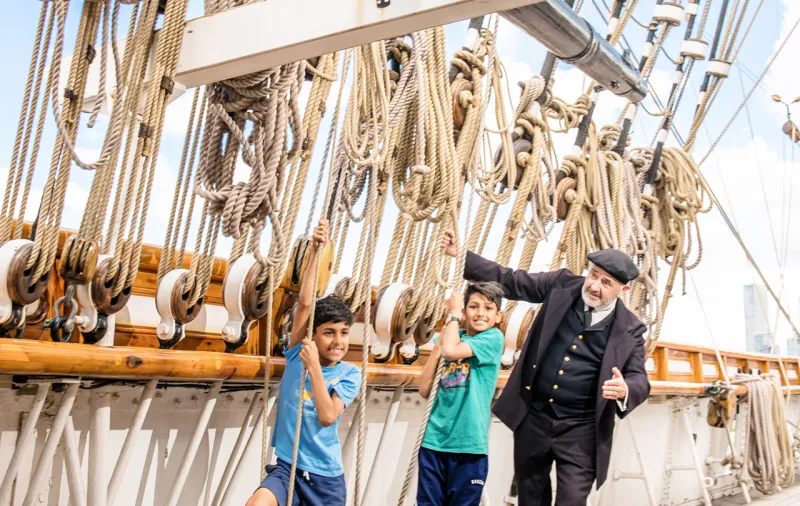
Cutty Sark
Step aboard the historic sailing ship, the fastest of its time
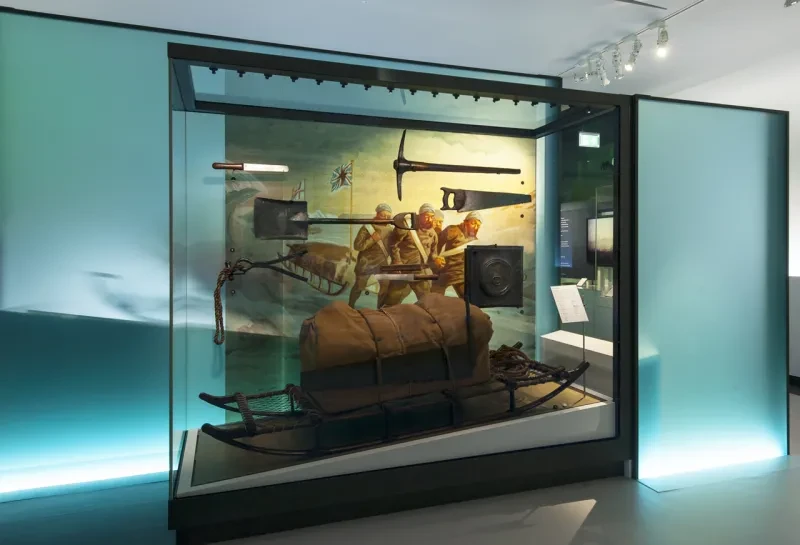
Polar Worlds
Science, exploration and life in extreme environments - visit the Polar Worlds gallery at the National Maritime Museum
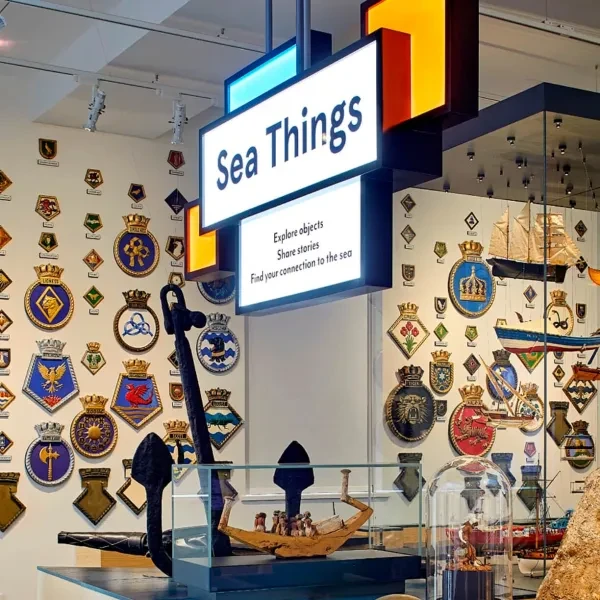
Sea Things
Explore the sea through personal stories from the deep
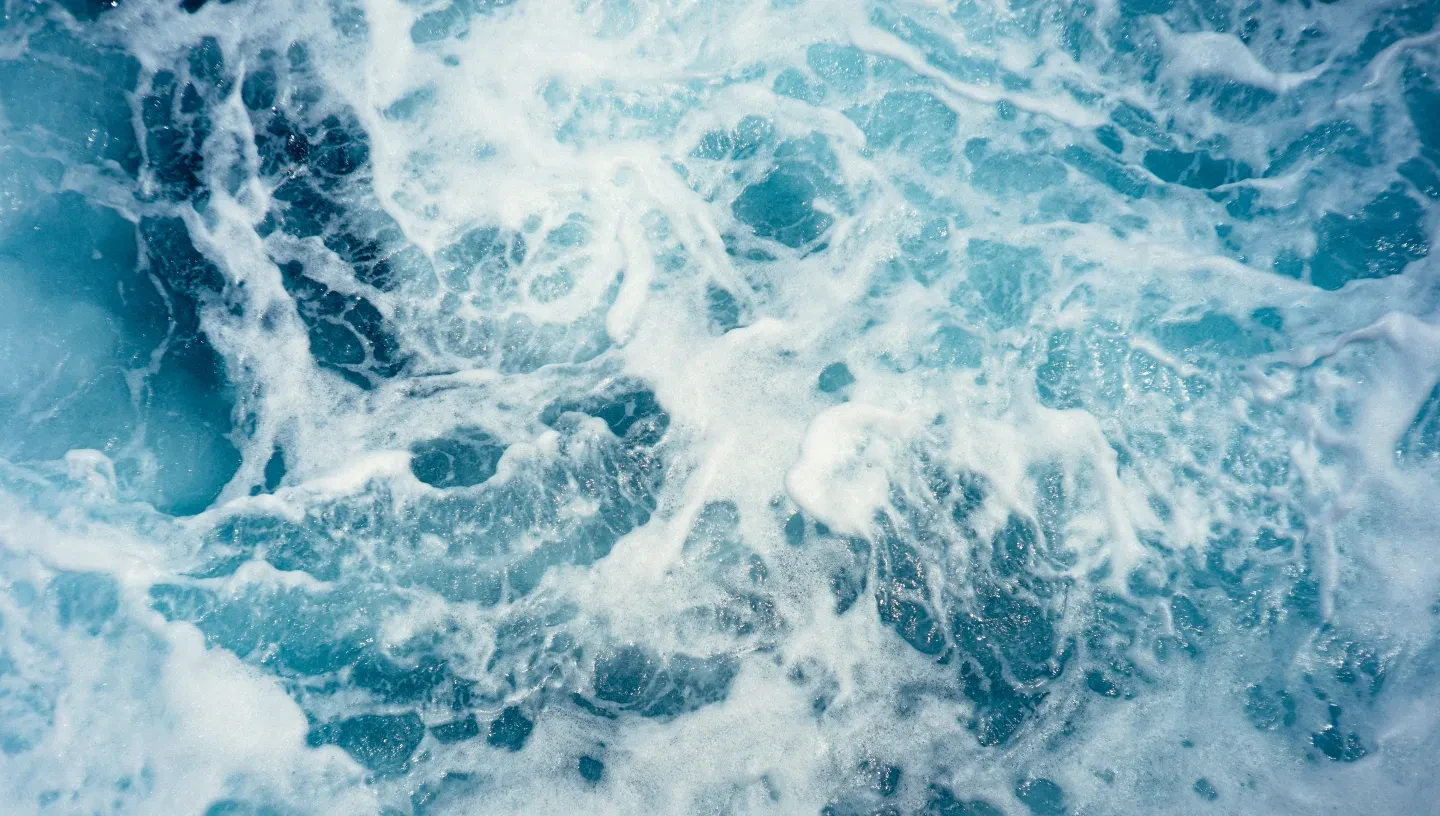
About Our Ocean, Our Planet
Our Ocean, Our Planet is a new online space at Royal Museums Greenwich dedicated to exploring the climate crisis and our changing relationship with the ocean.




